
A couple of weeks ago I was visiting friends and the conversation turned to the ever more visible dilemmas in the neighborhood. We focused on two specific problems: the continuing expansion of the homeless population, and the record number of vacant storefronts.

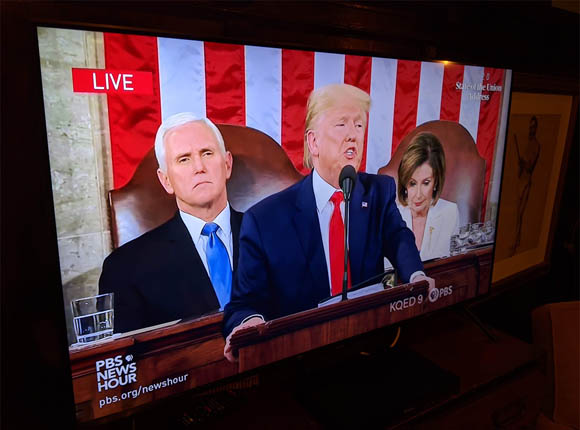
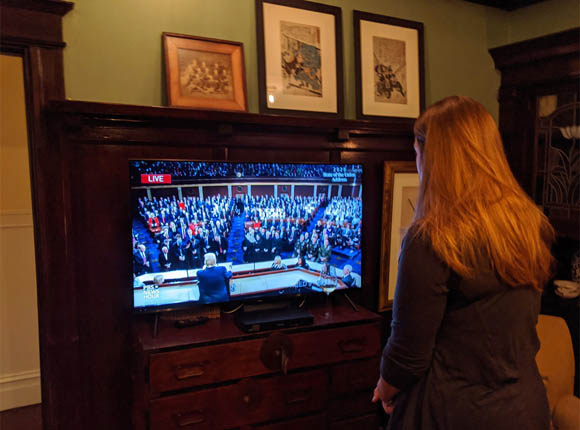

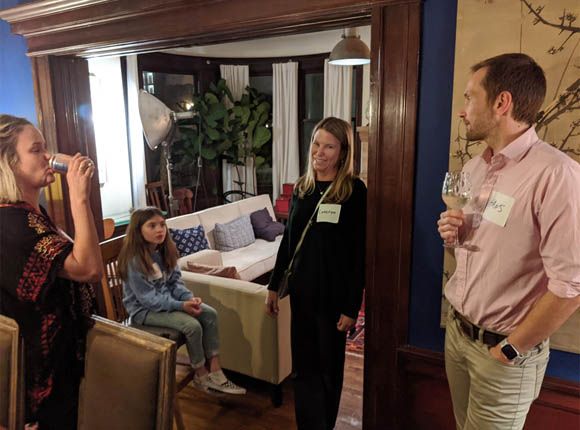
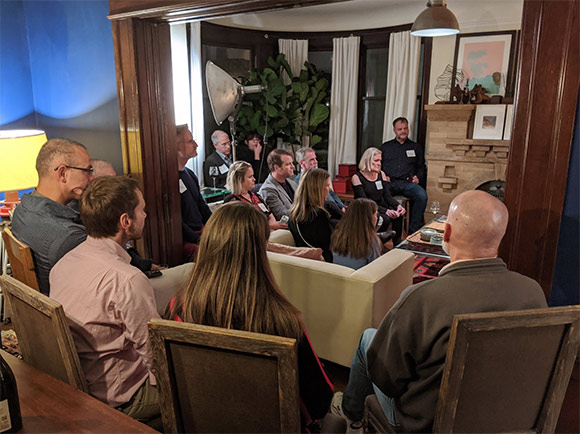
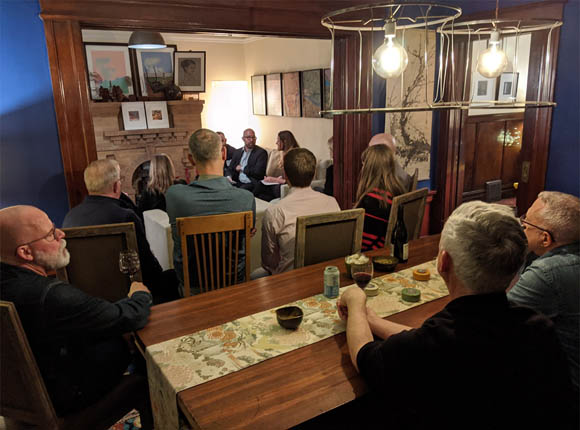
We decided to contact our local city supervisor Rafael Mandelman and organize a meeting to see what could be done. There was a palpable desire to make a positive difference. He agreed to come and we had a respectable turnout. The meeting coincided with the president’s State of the Union address which added to the civic flavor of the event.
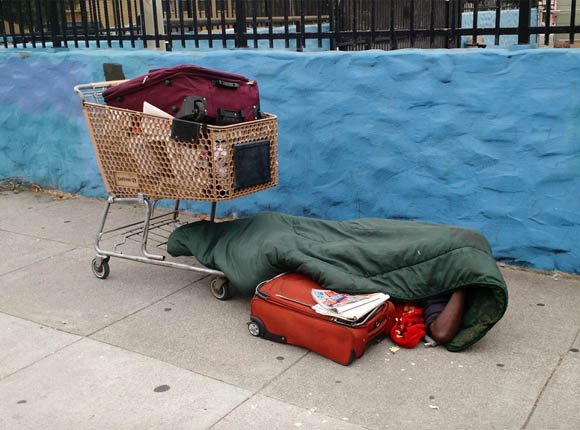
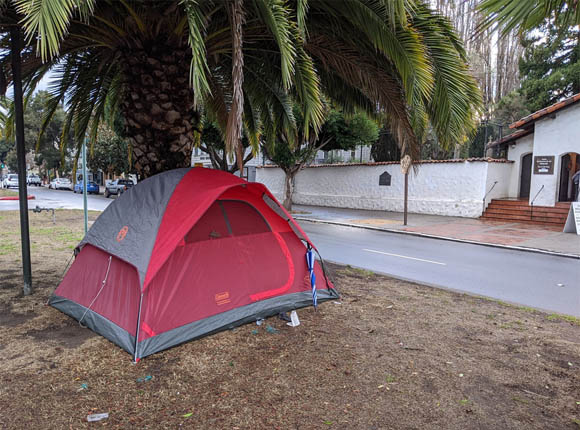
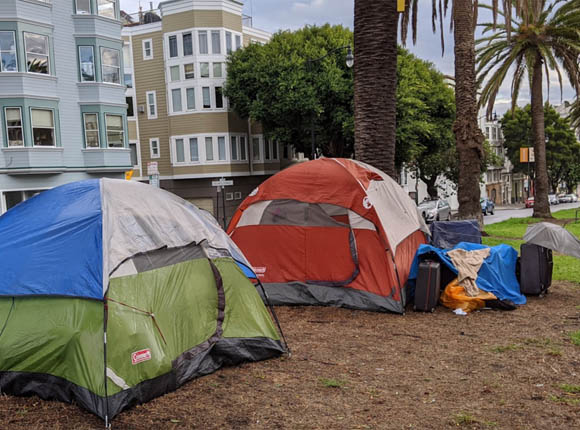
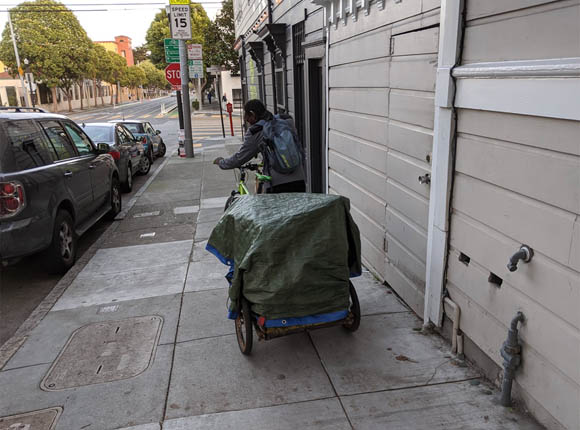
Before most of the guests arrived I had a chat with one of my fellow organizers. She’s infinitely more capable, competent, and optimistic than I am. She always focuses on solutions and opportunities. And she’s extremely successful. I’m much more comfortable with imperfection. Some problems don’t have a solution. Or more accurately the obvious, fast, simple, affordable solutions just aren’t palatable to the general populace. If they were we wouldn’t have the problem in the first place. I made a statement that I believe reflects external reality and she visibly recoiled. There’s a gap between a $15 an hour job and a $1.4M apartment. There is no solution that’s going to bridge that gap at the required scale. So the task at hand is to navigate the consequences of not solving the problem.
A certain percentage of the people living on the street are mentally ill. Back in the 1970s and 1980s we, as a society, decided not to hold them in institutions anymore. Liberals felt the facilities were overcrowded, underfunded, cruel, and miserable. They asserted that it was illegal to detain people against their will so long as they didn’t pose an immediate danger to themselves or others.
Conservatives didn’t believe it was the government’s role to provide care for such people and they certainly didn’t want to pay for it. For better or worse asylums were dismantled. There was a vague plan to house former patients in smaller neighborhood group homes funded by churches and philanthropic associations with a bit of government support, but that never quite worked out. So there isn’t anywhere for these folks to go and we’ve all quietly gotten used to them living rough on the pavement.
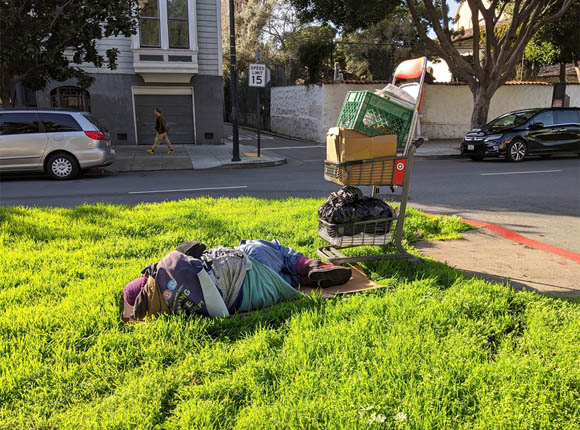
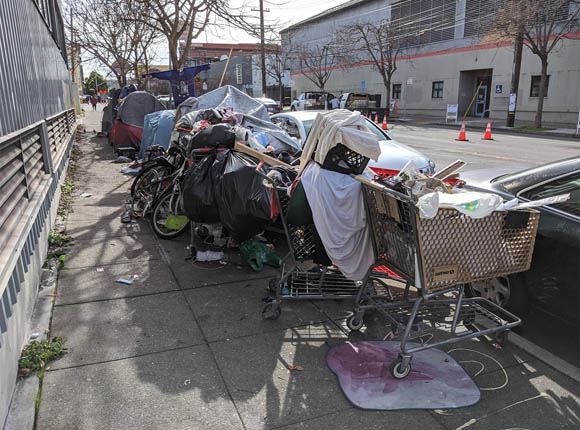
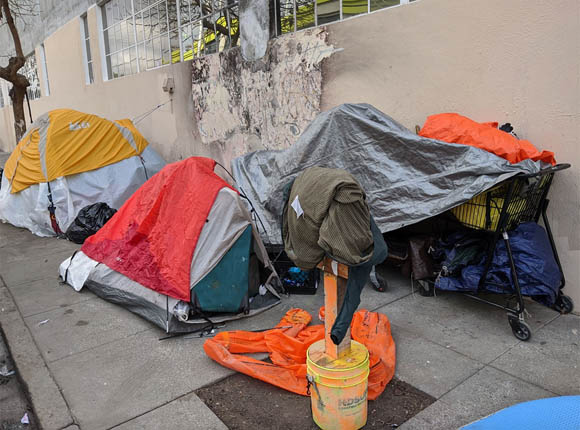
There’s a segment of the homeless population that struggles with drug and alcohol addiction. This group frequently overlaps with the mentally ill. Psychological stress is sometimes self medicated with booze and drugs. Other times substance abuse leads to mental illness. Either way the results are similar. At the moment there is no plan for how to manage these people so each neighborhood, each town, each state plays Whack-a-Mole shuffling them from one jurisdiction to another hoping they’ll become someone else’s problem. San Francisco has historically chosen not to drive the homeless out of the city so we have a disproportionate concentration here. If San Francisco ever did decide to crack down in earnest it would be a painful day for whichever towns absorbed them instead.
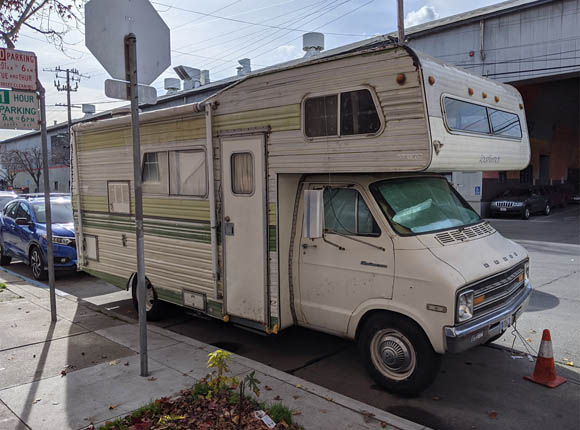
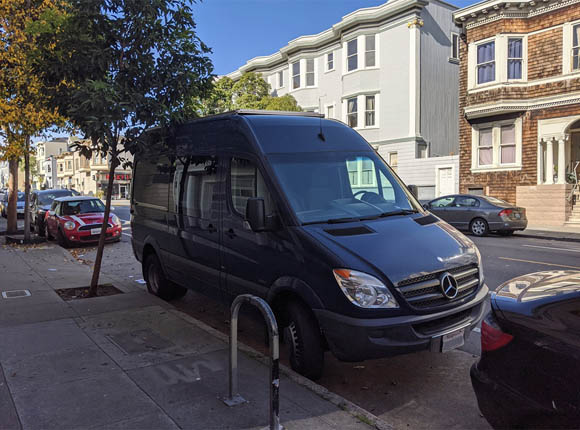
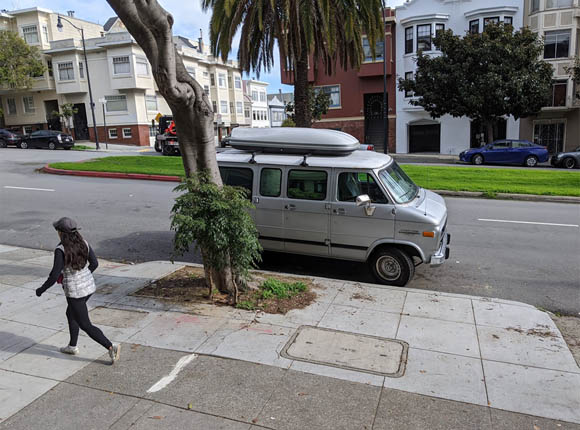
It’s inaccurate to assume everyone who’s not living in a proper home is either crazy or a junkie. Van dwelling is one step up from living on the street. This is where a significant number of working class people (and often well paid professionals) find themselves when they need to remain close to employment, but can no longer afford rent anywhere near the city or its hyper expensive suburbs. This is what I call a consequence of an asset bubble in a highly constrained market. That’s different from a housing “solution.” You can blame the Nanny State or Crony Capitalists. Flip a coin. What’s your preferred cartoon villain? (Hint. It’s a combination of both. Just like the closing of the asylums.) At the end of the day the results are the same. There aren’t enough places for people to live at a price they can afford.
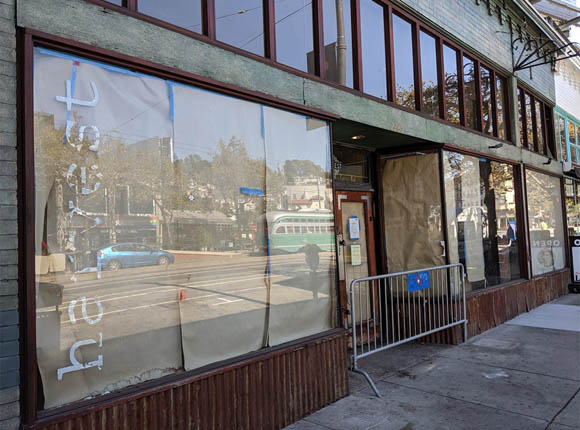
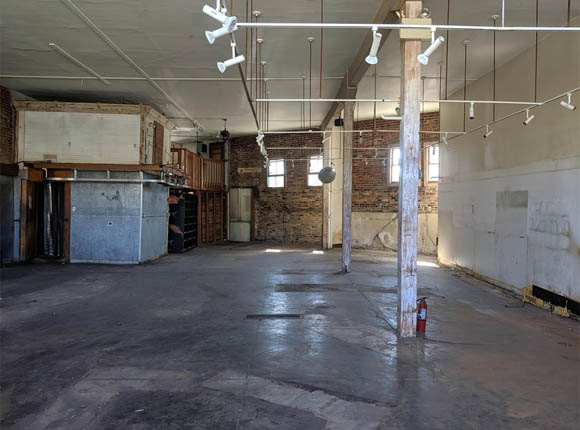
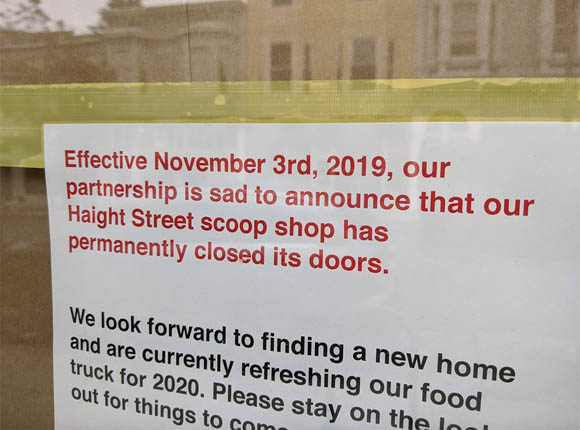
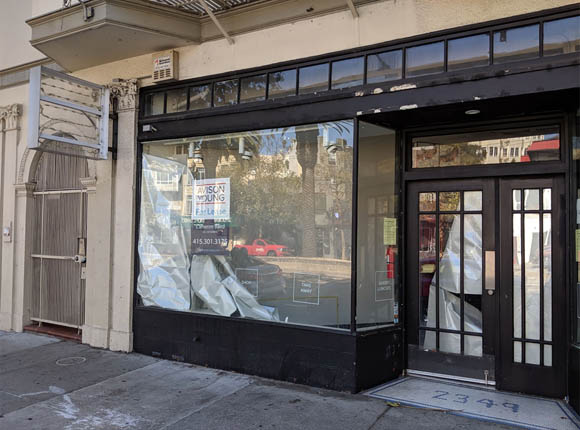
As for the vacant storefronts, there are dozens of institutional barriers and perverse incentives that keep shops from being occupied. Some stem from the federal tax code. Others involve the fire marshal, the Americans With Disabilities Act, mandatory earthquake retrofits, zoning regulations, conditional review boards, insurance parameters, licensing, the six different city departments that each have their own multi-month application processes… and the grand daddy of them all, the ever-increasing consolidation and vertical integration of big box stores and online commerce.
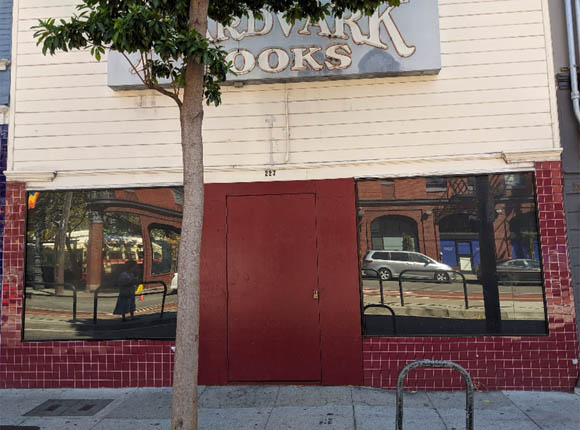
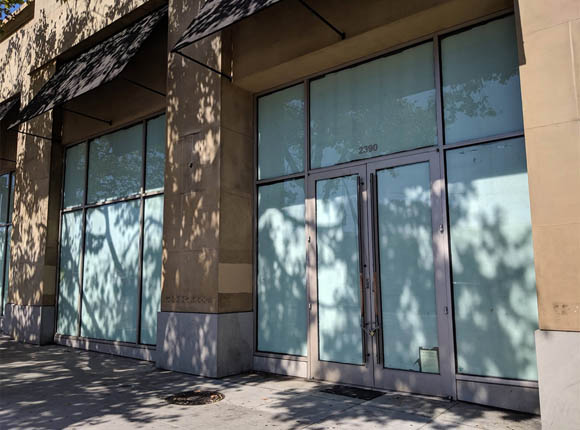
My friend does the overwhelming majority of her own shopping on the internet, from groceries to shoes to furniture to electronics. So do I. So do more and more people. She likes the idea of charming Main Street shops. So do I. But neither of us shop in them much anymore. We need to adjust to the new reality. There aren’t going to be as many little shops anymore. These statements were repugnant to my friend. This was defeatist Debbie Downer talk.
She needed solutions. She needed to be part of a Better World. She asked me why I was even at this event if I didn’t think we were going to change anything. I said I enjoy being around all the smart, kind, thoughtful, and competent people. I like showing up with a bottle of wine and a tray of food and spending time in a beautiful space. And the subject matter is genuinely interesting. I need to know how things really work so I can step out of the way when shit goes south. We’re due for a market crash. We’re due for an earthquake. The nature of the conversation will change completely on the other side of these events and I want to be ahead of the curve. She politely stepped away from my negative energy.
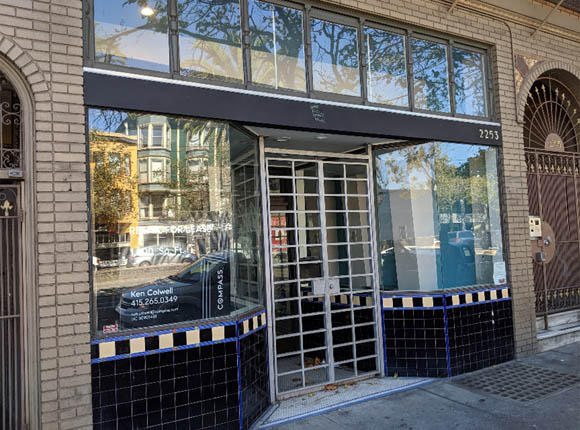
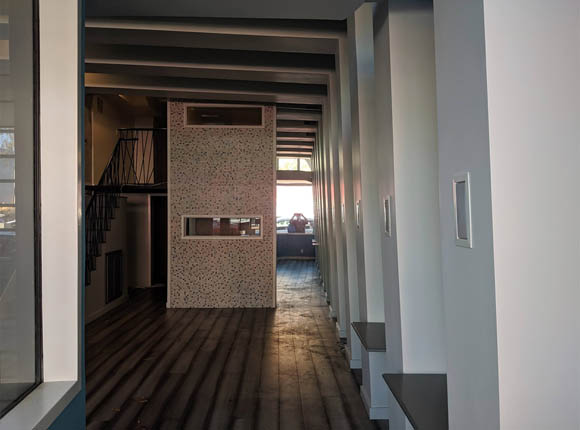
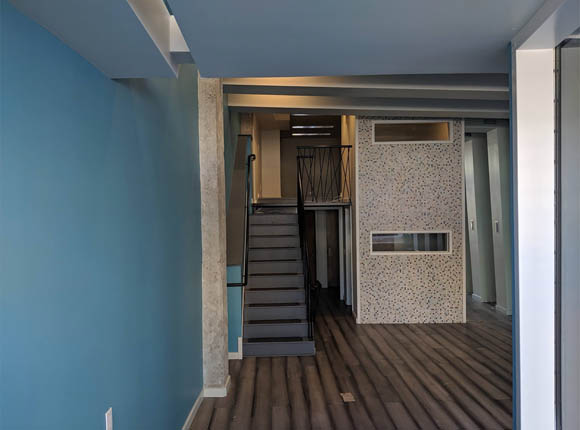
This is my optometrist’s former storefront on Market Street. His rent increased to $16,000 per month for a space that’s smaller than my one bedroom apartment. He moved out a couple of years ago and the place has remained empty ever since. Who exactly can spend that kind of money on a small shop and remain profitable? Why wouldn’t a landlord keep a solid rent paying commercial tenant like my optometrist even if he was paying somewhat less than $16,000 every month?
Well, there’s a good chance that the landlord is earning enough of a profit from some other part of the building – or some other properties – that there’s a significant tax liability on the books. An empty storefront that loses $16,000 a month is a great way to offset that tax burden. There’s also the value of the building to consider. A residential property is assessed based on comparable homes in the immediate area. But commercial real estate is valued on cash flow. If a shop is recorded on paper as commanding a rent of $16,000 a month that translates to a specific resale value for the building. The fact that the shop is vacant at the moment isn’t a problem. However, accepting a new tenant at a lower rent would devalue the entire building.

Once all the guests arrived Rafi Mandelman spoke for about an hour. He was charming, smart, and surprisingly pragmatic. I was expecting a lot of baby kissing and promises of free ponies. Instead, he was clear about the institutional friction, the cultural constraints, and the reality of what’s involved in getting things to happen. He wasn’t negative, but he did describe the outlines of what’s realistic given the nature of the beast. In many instances he said precisely what I always have. But he managed to say those things in a way that allowed for optimism. It is possible to accomplish X or Y. People have done it. It can be done. (I don’t think that’s the same as saying it will be done…)
This piece originally appeared on Granola Shotgun.
John Sanphillippo lives in San Francisco and blogs about urbanism, adaptation, and resilience at granolashotgun.com. He's a member of the Congress for New Urbanism, films videos for faircompanies.com, and is a regular contributor to Strongtowns.org. He earns his living by buying, renovating, and renting undervalued properties in places that have good long term prospects. He is a graduate of Rutgers University.












